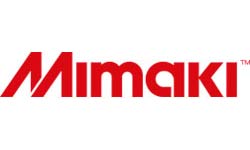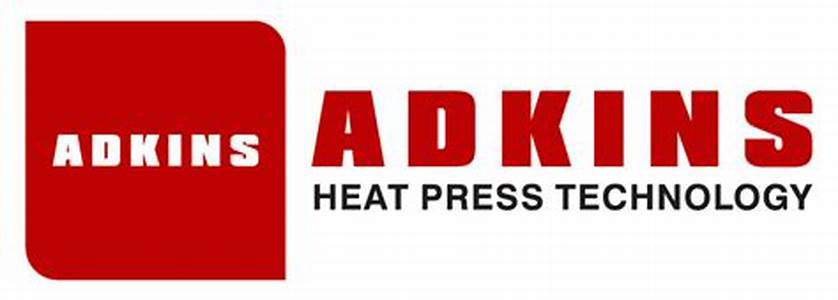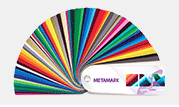With the ever-growing costs of running a business, making decisions on investments are more important than ever, to ensure a strong ROI.
From inks, to media, the hardware and its durability, to the raw running costs of the printer; the electricity, it’s important to understand all of the costs, plus comparative benefits and savings, for maximum efficiency.
Latex vs UV printing has been an ongoing debate since both technologies were introduced. Each offers instant curing, for speedier finishing processes, but there are many differences when it comes to benefits for each printer type.
How do they work?
UV uses ultra-violet light to instantly cure the ink and offers strong adhesion. The UV lights don’t result in high temperatures, reducing any warping effects of the substrates. UV usually has low, to no odour, no requirement for degassing, and offers the option of white ink for a wider colour gamut.
Latex inks also instantly cure, using water-based technology with no odour and no need for outgassing. However, these do require more heat for curing, as the inks contain high water content and need to evaporate.
Due to the high-water levels in latex ink, these do come with ‘greener’ credentials, but when you consider the higher electricity consumption and ink use, the environmental impact is questionable.
Electricity consumption
Given the recent worries over electricity bills, that seems a good enough place to start. If you have been weighing up the option of a latex or UV printer, then UV is cheaper to run when it comes to the energy bill. Basic comparisons show that latex printers consume approximately 2700wh, with a comparative UV printer using just 290wh. The latex uses almost 9 times as much electricity. Not ideal with the growing energy prices.
Ease of use
Time is money, and ultimately the quicker the printer can produce a job, the quicker you can move onto the next print. Some latex devices can take up to 15 mins to calibrate, cutting into that all important production time, whereas most UV printers are turn-on and go.
UV printers are known for their ease of use. The solution is all in one, and whether it’s Roland or Mimaki, they are optimised for end users to operate solo, whereas the curing module of a latex can be heavier, requiring height and strength from the end user.
Both Roland and Mimaki offer UV options; roll-to-roll and flatbed. One benefit of using either manufacturer is the ease of the RIP Software; each comes with standardised RIPs and user-friendly profiling options.
Inks
The biggest running cost of a printer is always ink. Unfortunately, the latex is a thirstier printer than a standard UV, requiring almost triple the ink (cc comparison) for the same print job.
Latex inks have a high proportion of water in the ink which needs to be evaporated out to leave pigment and ink on the media. So, whilst the cost per cartridge of a latex ink is often cheaper, a like-for-like print will use almost three times as much as a UV or solvent alternative.
UV inks cure on a wide variety of substrates, and whilst latex inks are renowned for being scratch resistant, UV inks also offer this, and are water resistant, so offer a wider range of applications, including exterior signage and display.
Ultimately, the right printer for you will be determined by the work you’re looking to do, what devices you already use and are comfortable with, and the initial outlay budgets you have available.
For an informal introduction to the technology and options available, contact our team on 01420 511539, info@printmax.co.uk.





















